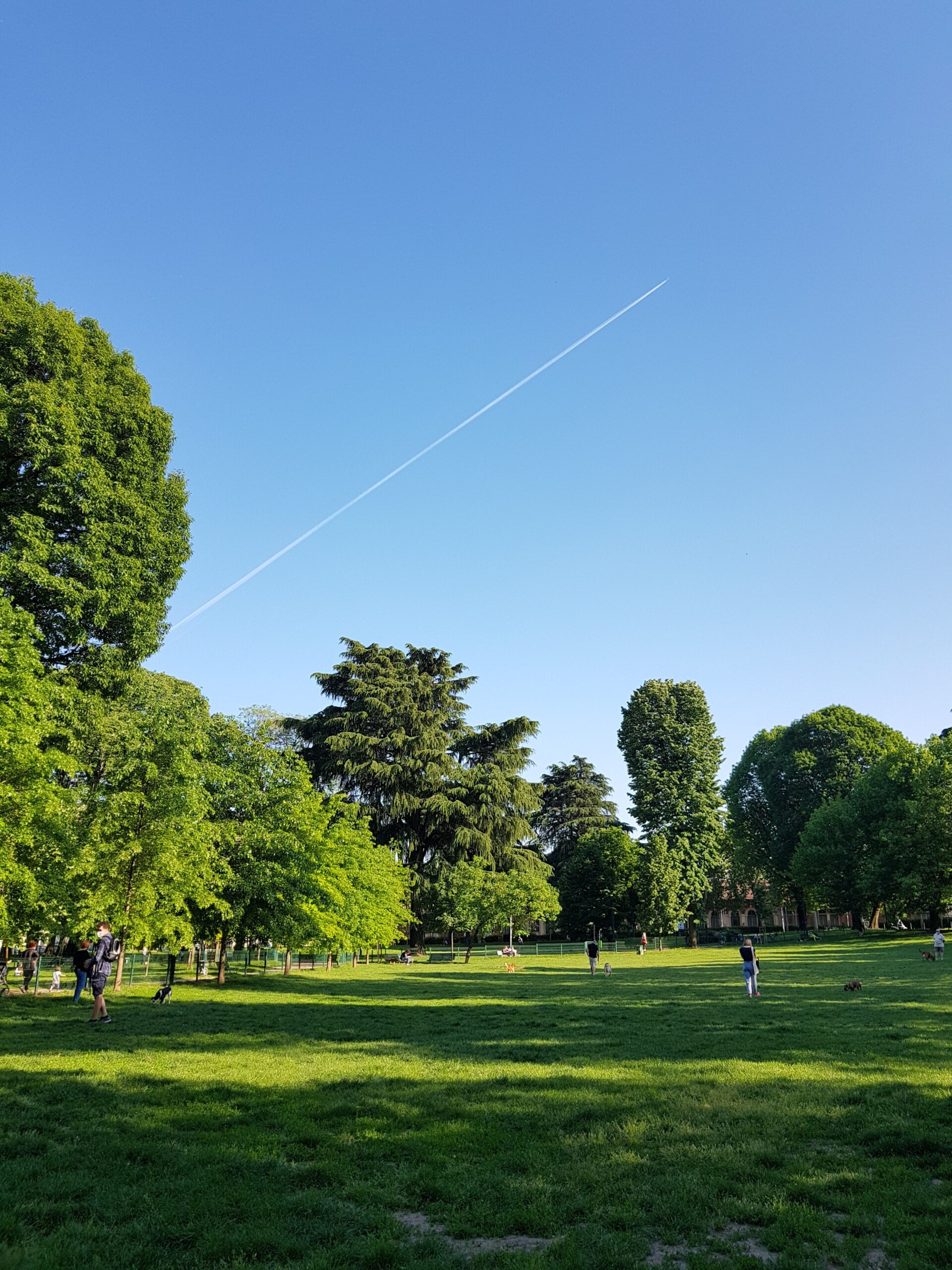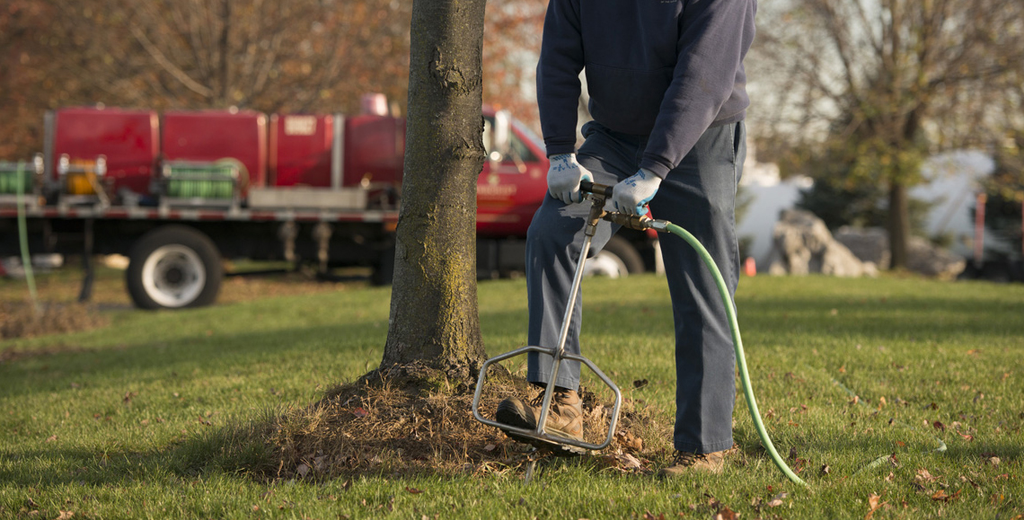
Date September 07, 2023
1. Introduction to Urban Landscaping
Urban Landscaping refers to the design and maintenance of open spaces, gardens, and other green areas within city environments. At the intersection of urban planning and horticulture, it shapes our urban environments into livable, aesthetic, and environmentally-friendly spaces.
The importance of green spaces in urban settings cannot be overstated. TreeNewal is committed to supporting the community’s efforts to maintain urban landscaping. As urban areas become more populated, these green spaces:
- Provide a natural escape amidst concrete jungles.
- Play a vital role in enhancing air quality and regulating urban heat.
- Offer social and recreational venues for city dwellers.

2. Trees: The Pillars of Green Urban Spaces
Historically, trees have held an esteemed position in city landscapes. In ancient civilizations, they often lined the avenues of grand cities, symbolizing prosperity and nature’s bounty.
Over time, the role of trees in urban settings transitioned. They moved from being merely aesthetic additions to powerful tools addressing environmental concerns. Today’s urban forestry emphasizes:
- Mitigation of urban heat island effects.
- Carbon sequestration.
- Noise and pollution absorption.
This dual function, both as beautifying agents and environmental saviors, cements trees as indispensable elements in urban design.
3. Aesthetic Benefits of Trees in Urban Design
Trees, with their towering presence and ever-changing appearances across seasons, naturally imbue beauty into urban settings. Their aesthetic value in urban design is manifold:
- Natural Beauty and the Creation of Visual Appeal: Trees provide a stark contrast to the concrete, metal, and glass that predominantly constitute cityscapes. This juxtaposition:
-Breaks the monotony of urban fabric.
-Introduces color, shade, and texture. - Influence on Architectural and Design Decisions: The presence of mature trees often dictates architectural choices. Architects and urban designers frequently:
-Preserve old trees, making them focal points in new developments.
-Design pathways, seating areas, and vistas around them. - Role in Creating Landmarks and Iconic City Spots: Think of famous urban spots globally, and there’s often a tree or a grove associated with it. Trees become landmarks in their own right. They:
-Are witnesses to history, often outliving several human generations.
-Offer a sense of identity and place. Iconic trees or avenues become meeting points, places of protest, celebration, and collective memory.
In conclusion, while the environmental benefits of trees in urban settings are now well-recognized and celebrated, their aesthetic roles are equally profound. They shape and define spaces, influence design decisions, and create lasting memories. As urban landscapes continue to evolve, the enduring value of trees in these settings remains constant.
4. Environmental Benefits
Urban trees play a pivotal role in maintaining a balanced city ecosystem. Here are some of their most remarkable environmental impacts:
- Air Purification and Carbon Sequestration: Trees act as natural air filters. Through the process of photosynthesis, they:
-Absorb harmful pollutants like sulfur dioxide and ammonia.
-Sequester carbon, helping to combat climate change by reducing the overall atmospheric carbon dioxide levels. - Temperature Regulation and the Urban Heat Island Effect: Cities often experience higher temperatures than their surrounding rural areas due to human activities and vast concrete structures. Trees help by:
-Providing shade, which cools the ground and surrounding areas.
-Releasing water vapor through a process called transpiration, effectively cooling the surrounding air. - Noise Pollution Reduction and Habitat Provision: Apart from being visual barriers, trees also absorb and deflect sound, aiding in the reduction of noise pollution. Moreover, they:
-Offer habitats for a variety of urban wildlife, from birds to beneficial insects.
-Enhance urban biodiversity, providing food and shelter.
5. Psychological and Health Benefits
Beyond their tangible environmental roles, trees profoundly impact our mental and physical well-being:
- Role of Trees in Promoting Mental Well-Being: A stroll under a tree canopy or just the sight of greenery can:
-Boost mood and reduce feelings of anxiety and depression.
-Enhance cognitive functions and creativity. - Reduced Stress Levels and Encouragement of Outdoor Activities: Being around trees:
-Lowers cortisol levels, which is associated with stress.
-Encourages walking, jogging, or simply spending time outdoors, promoting physical health. - Significance of Urban Parks and Forests for Recreational Purposes: These green spaces:
-Offer an escape from the hustle and bustle of urban life.
-Provide venues for community activities like yoga, picnics, or bird-watching.
6. Economic and Community Advantages
Trees, often perceived just for their aesthetic or environmental value, also have significant economic and social implications:
- Increase in Property Values: Properties surrounded by mature trees or located near well-maintained green spaces often have:
-Higher market values.
-More attraction for potential buyers or renters. - Promotion of Local Businesses: Trees make commercial areas more appealing. They:
-Attract customers to outdoor cafes, offering shaded and cooler spots.
-Enhance shopping experiences by providing a pleasant atmosphere, leading to prolonged visits and increased sales. - Encouraging Community Gatherings and Fostering Neighborhood Connections: Trees and associated green spaces:
-Serve as community hubs where events or festivals are celebrated.
-Facilitate interactions among neighbors, fostering a sense of belonging.
7. FAQs based on “People Also Ask” for Urban Tree Landscaping
How often should urban trees be maintained?
- Regularly, at least once a year, with periodic checks for disease or damage.
What are the common tree species used in urban landscaping?
- Species vary by region, but common choices include oak, maple, and cherry trees.
How do trees affect urban runoff and soil erosion?
- Trees reduce runoff by capturing rainwater on their leaves, trunks, and roots. They also prevent soil erosion by stabilizing the soil with their root systems.
In conclusion, urban trees are invaluable, multifaceted assets. They enhance our cities environmentally, psychologically, economically, and socially, underlining the importance of their preservation and integration into urban design.
In a world increasingly paved by concrete, the manifold benefits of Urban Tree Landscaping cannot be emphasized enough. From environmental to economic perks, urban trees are indispensable assets that elevate city living. Whether you’re looking to improve air quality, boost property values, or foster community connections, the magic starts with a tree. If you’re in the Dallas and Fort Worth Metroplex, let TreeNewal be your guide. With years of expertise since 2017, they’re your go-to for all things related to urban tree landscaping.








